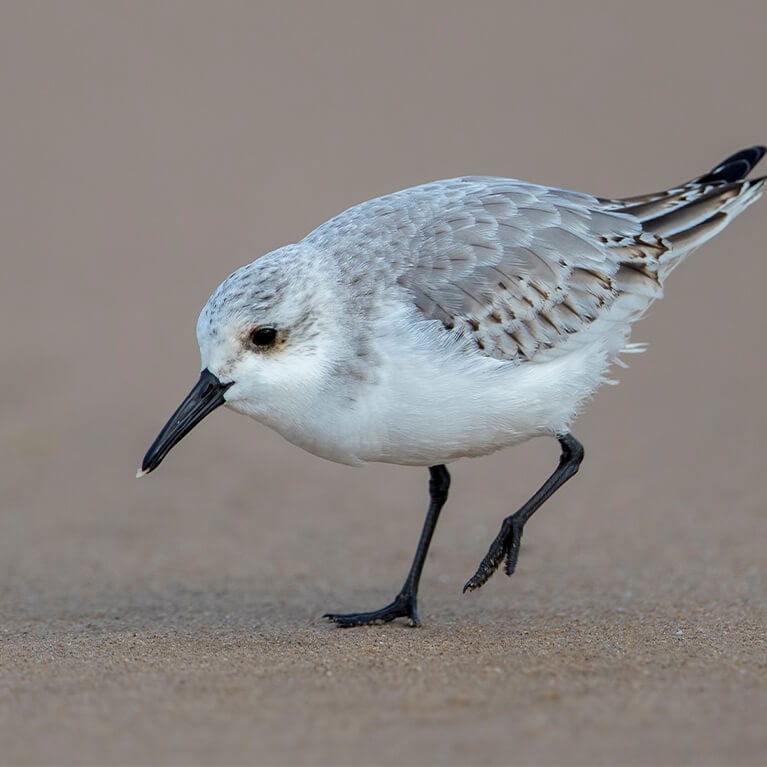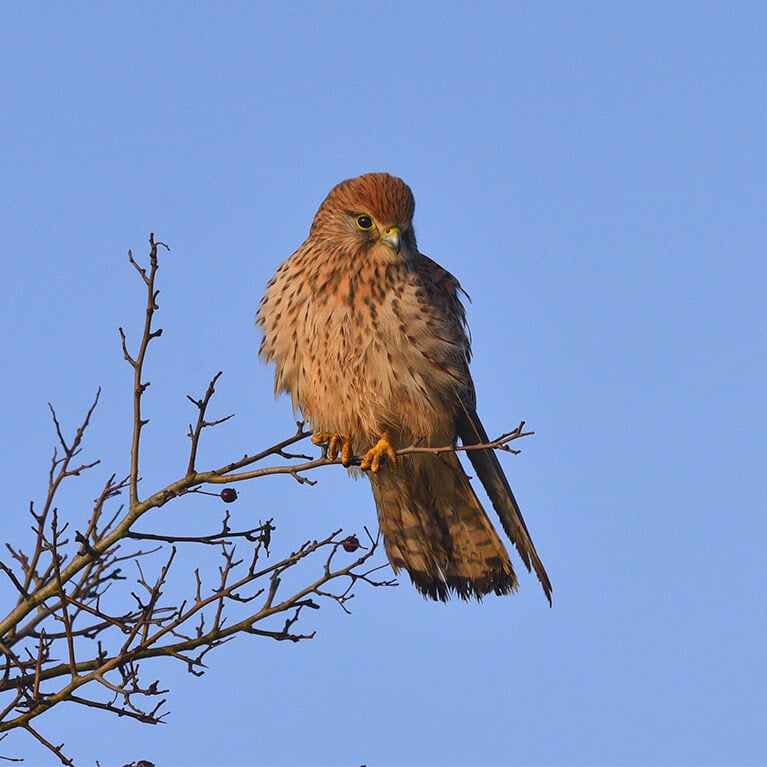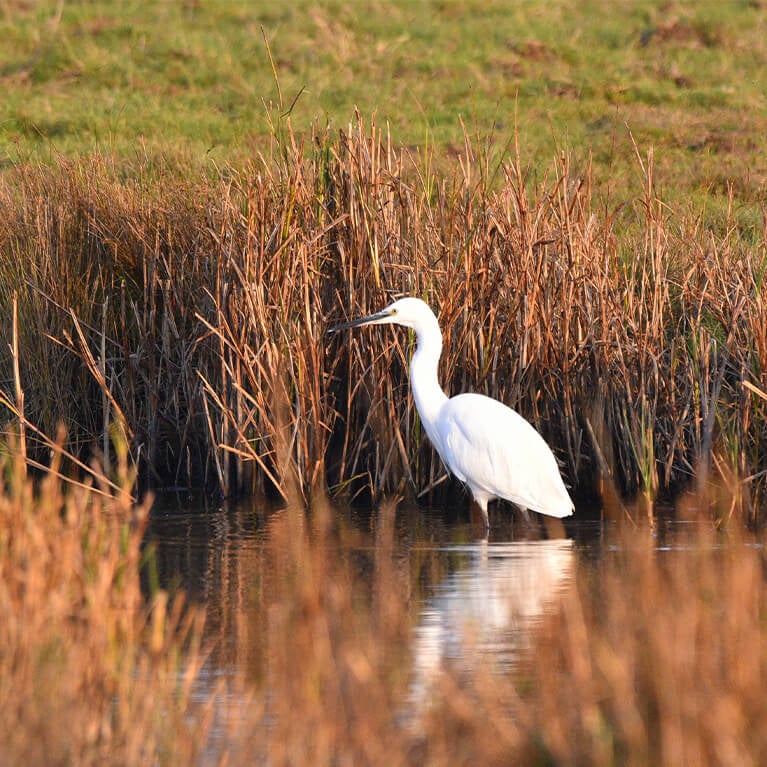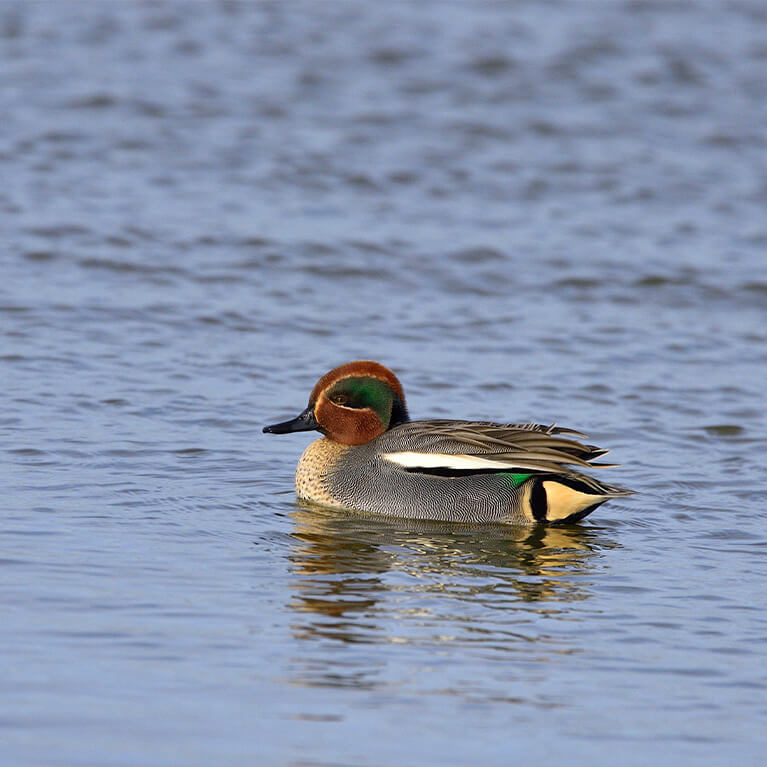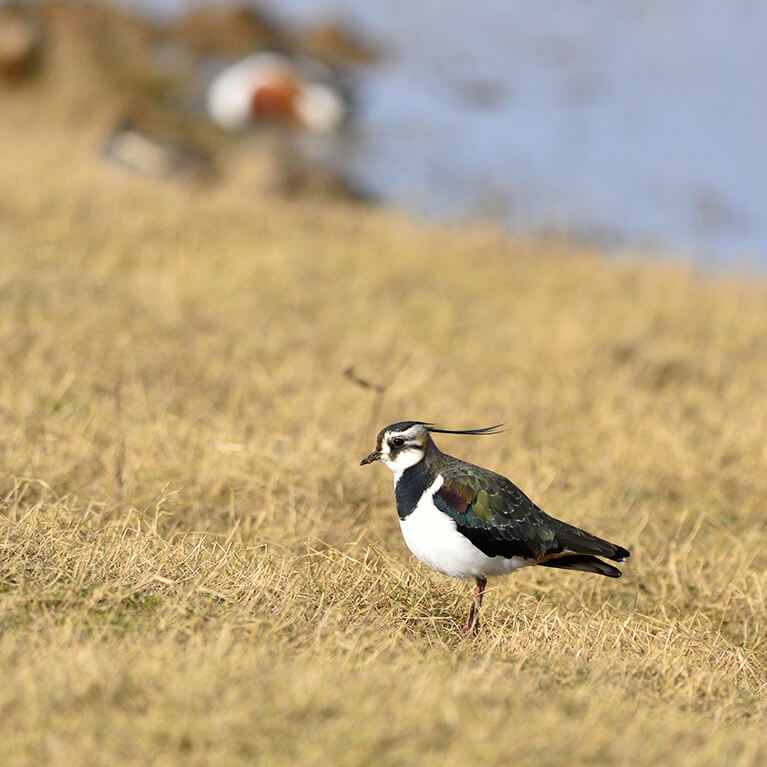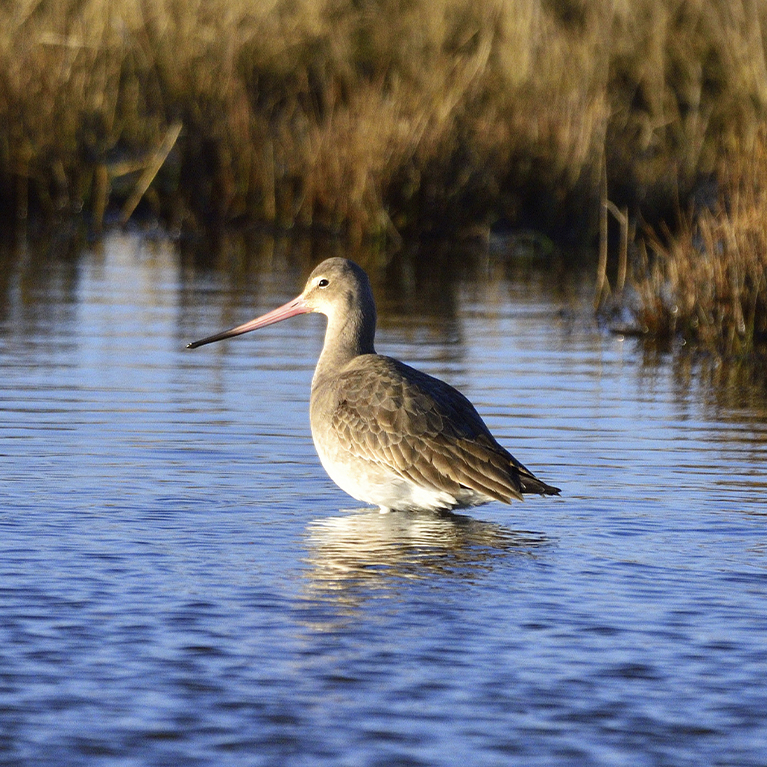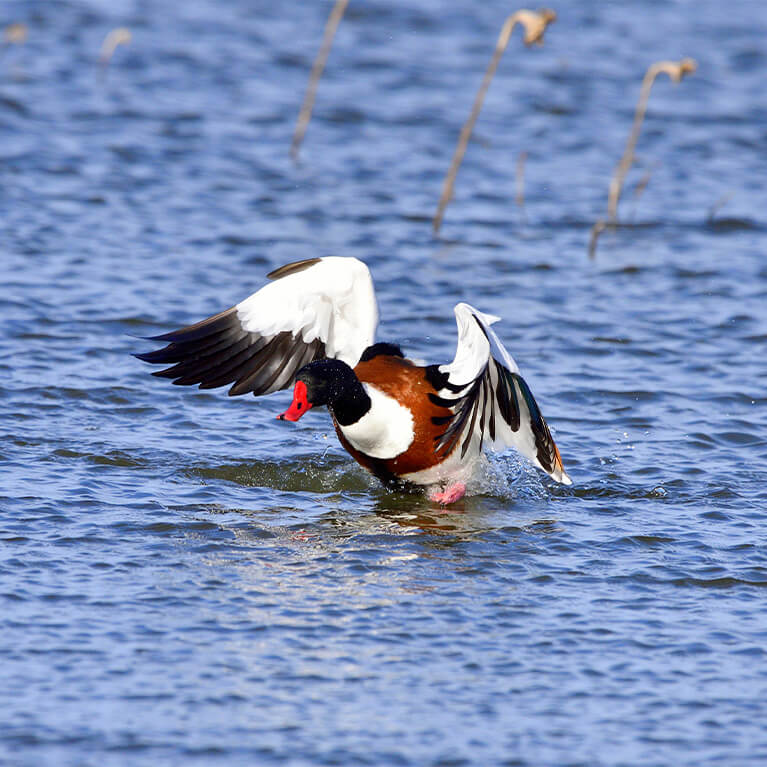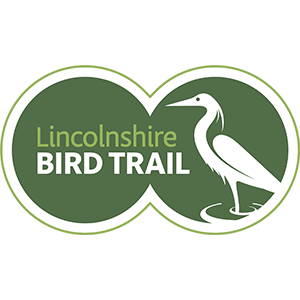
Unlocking the best birdwatching sites in Lincolnshire
Lincolnshire Coastal Bird Trail
The Lincolnshire Coast has a diverse range of habitats and associated birdlife. From skeins of brent and pink footed geese on the coast in the winter, reed-beds that are home to bitterns, bearded tits and marsh harriers.
Frampton Marsh
Frampton Marsh is one of the key sites on the Lincolnshire Bird Trail. With a coastal bird trail that runs from the Humber all the way down the coast down to The Wash, there is a huge range of species and habitats. Watch our video to learn more.
the coastal bird trail
view the map
The coastal trail is the first trail, it is made up of a collection of the best birding sites along the coast. Download the free map to explore the site in further detail.
Top birding tips from local experts
Toby's Top Tips for birding on the Lincolnshire coast
Toby shares his top tips to help you get the most out of your birding experience, from checking the tide times and the weather forecast to researching the species ahead of your visit. A little forward planning can hugely affect your viewing chances.
Ian's Top Tips for bird photography
Ian talks us through his guide to capturing successful bird photography. Learn about cameras and settings, how to maximise your chances of a successful shot and importantly how to do so without disturbing the wildlife.
Winter Highlights
A short break in the winter will bring the sight of thousands of geese on the coast and flocks of winter wildfowl on many of the inland lakes and wetlands. Flocks of buntings and finches in the farmland and the county has the highest concentration of barn owls of anywhere in the UK. At this time of year, a visit to any of the coastal sites may bring a hen harrier over the saltmarsh or a flock of snow bunting on the beach and bitterns at Far Ings are often at their most photogenic.
Spring Highlights
In Spring, cranes return to Willow Tree Fen in the south of the county and by early May, the nightingales at Whisby will be in full song. Elsewhere the wetlands and woodlands will be alive with the song of summer migrants. Turtle Doves are still found along the coast at places such as Saltfleetby and Alkborough and Far Ings will be the places to go for breeding marsh harrier, bearded tit and booming bittern.
Summer Highlights
In the summer, the Wolds are full of the song of skylarks and corn buntings still have a stronghold in the area. The ‘wet my lips’ call of Quail can also be heard with a bit of patient searching. In the north west of the county, nightjars are churring each evening on the peatlands and heaths such as at Crowle Moor. On the coast, the return migration of waders is well underway by July and Frampton is one of the Country’s premier wader sites, it is not unusual to see upwards of 25 species in a single day and rarities are frequent.
Autumn Highlights
In the autumn, the coast is one of the best places to see migration in action. A visit to Gibraltar Point, especially if the wind is in the east, may bring a fall of thrushes or rare and scarce migrants. At this time of year, the pink-footed geese return and thousands now winter on the Humber estuary and the Wash. The sight and sound as they go overhead can be overwhelming. Chapel Point in the Coastal Country Park is probably the premier seawatching location in the county and all four species of skua can be seen along with scoters and shearwaters if you are lucky.
more things to do along the way
ARK Wildlife Park & Rescue Zoo
Battle of Britain Memorial Flight Visitor Centre (BBMF)
Chapel St Leonards – Coastal Country Park Walks
Humber to The Wash Cycle Route
Boston Tourist Information Centre
Butlin’s Big Weekenders – Skegness
Cleethorpes Coast Light Railway
Forest Pines Hotel, Spa & Golf Resort by The QHotels Collection
Grimsby Fishing Heritage Centre
Laceby Manor Spa & Golf Resort
Lincolnshire Aviation Heritage Centre
Lincolnshire Coast Light Railway
Lincolnshire Llama Cleethorpes
Medieval Maze and Victorian Splendour Cycle Route
Orchard Farm Equestrian Centre
Play Avenue – Role Play Centre
Pretty Little Acorns Jewellery
The King Charles III England Coast Path
Alfred Enderby Traditional Fish Smokers
Chapel St Leonards to Skegness Promenade Cycling
Cleethorpes Seafront Birdwatching
Covenham Reservoir Birdwatching
Donna Nook National Nature Reserve Birdwatching
Far Ings National Nature Reserve Birdwatching
Huttoft Bank Pit Nature Reserve
Lincolnshire Coastal Country Park Birdwatching
Messingham Sand Quarry Birdwatching
Messingham Sand Quarry Nature Reserve
Saltfleetby-Theddlethorpe Dunes Birdwatching
Sutton on Sea to Chapel St Leonards Promenade Cycling
The Ship Inn, Chapel St Leonards
‘Tails’ of the Riverbank Cycle Route
Alford to the Coast Cycle Route
Blackfriars Theatre and Arts Centre
Dobson’s Mill & Heritage Centre Burgh le Marsh
Grimsby Revolution Cycle Route
In Search of the Lost Don Cycle Route
Iron and Agriculture Cycle Route
Lincolnshire Wolds’ Challenge Cycle Route
Mumby to Hogsthorpe – Coastal Country Park Walks
Mysteries of the Marshes Cycle Route
Poacher Line Railway Station Walks
Sandhills and Windmills Cycle Route
Spilsby to Wainfleet All Saints Cycle Route
The Skegness and District Heritage Centre
The Trolleybus Museum at Sandtoft
The Village Church Farm Museum
Wainfleet All Saints to Alford Cycle Route
